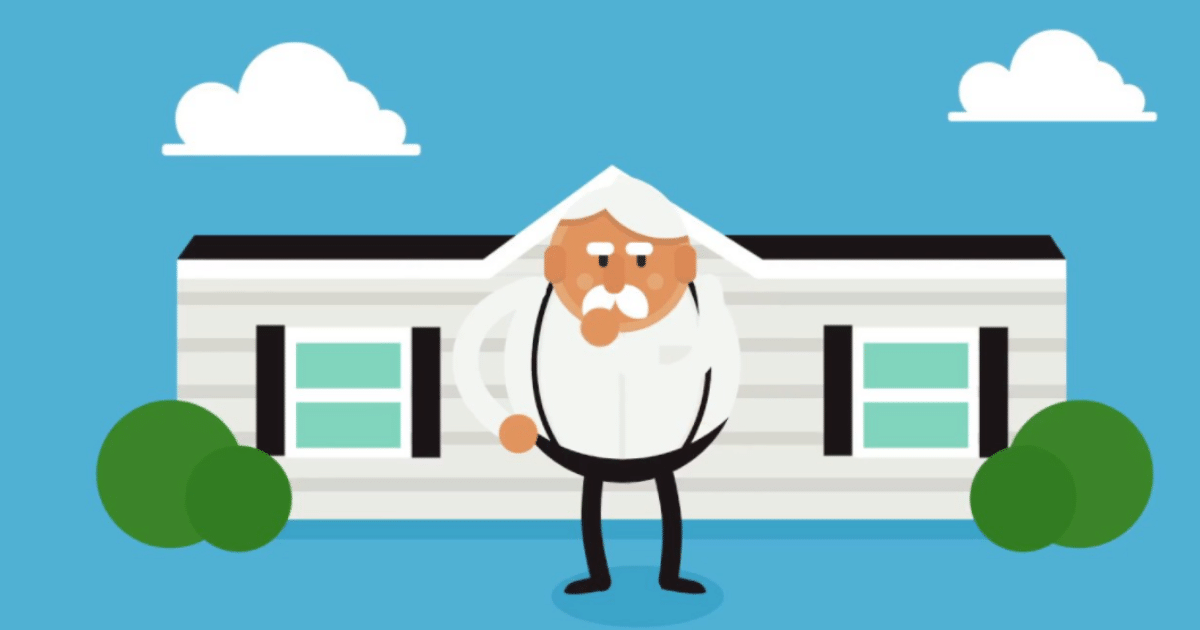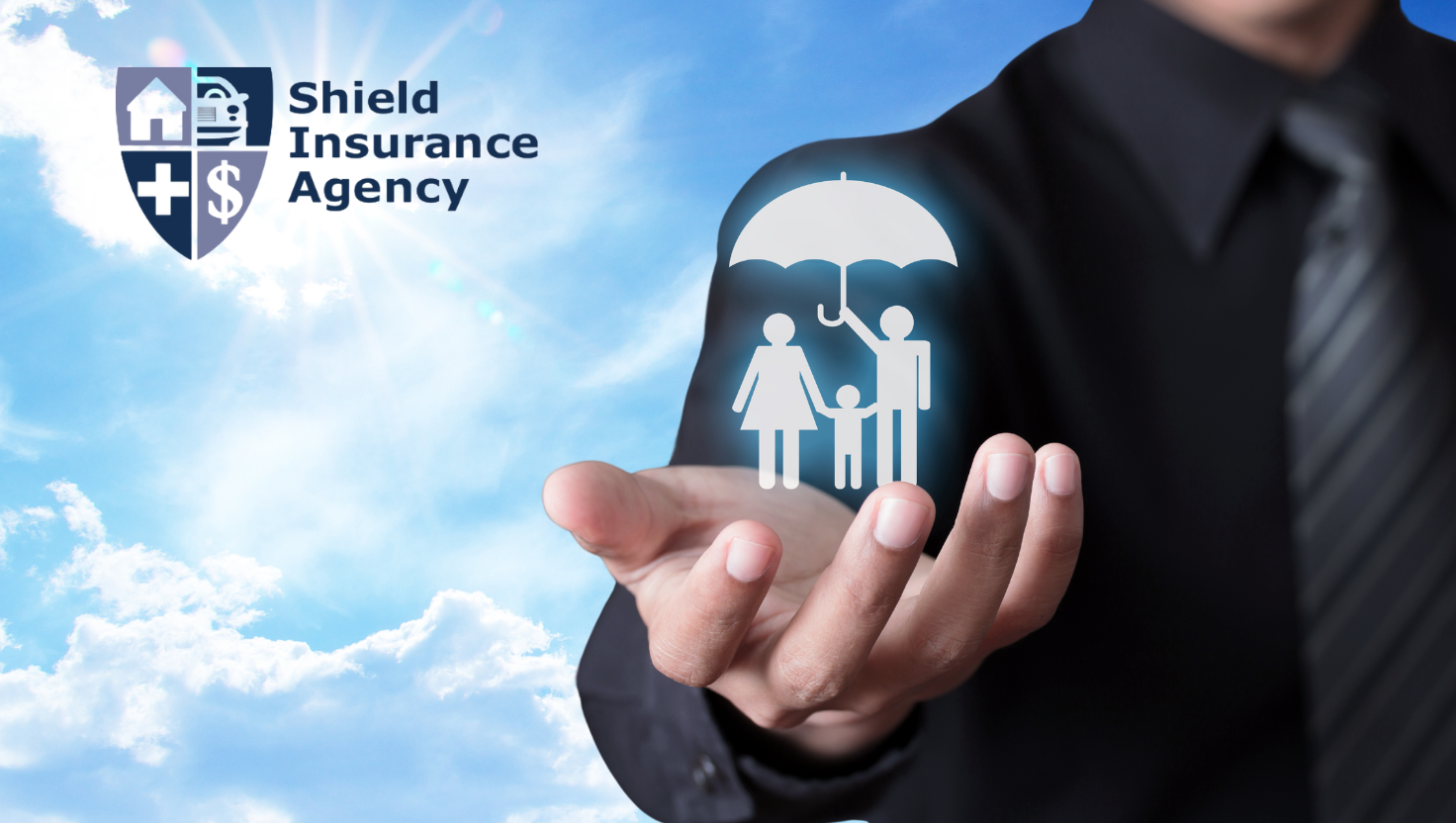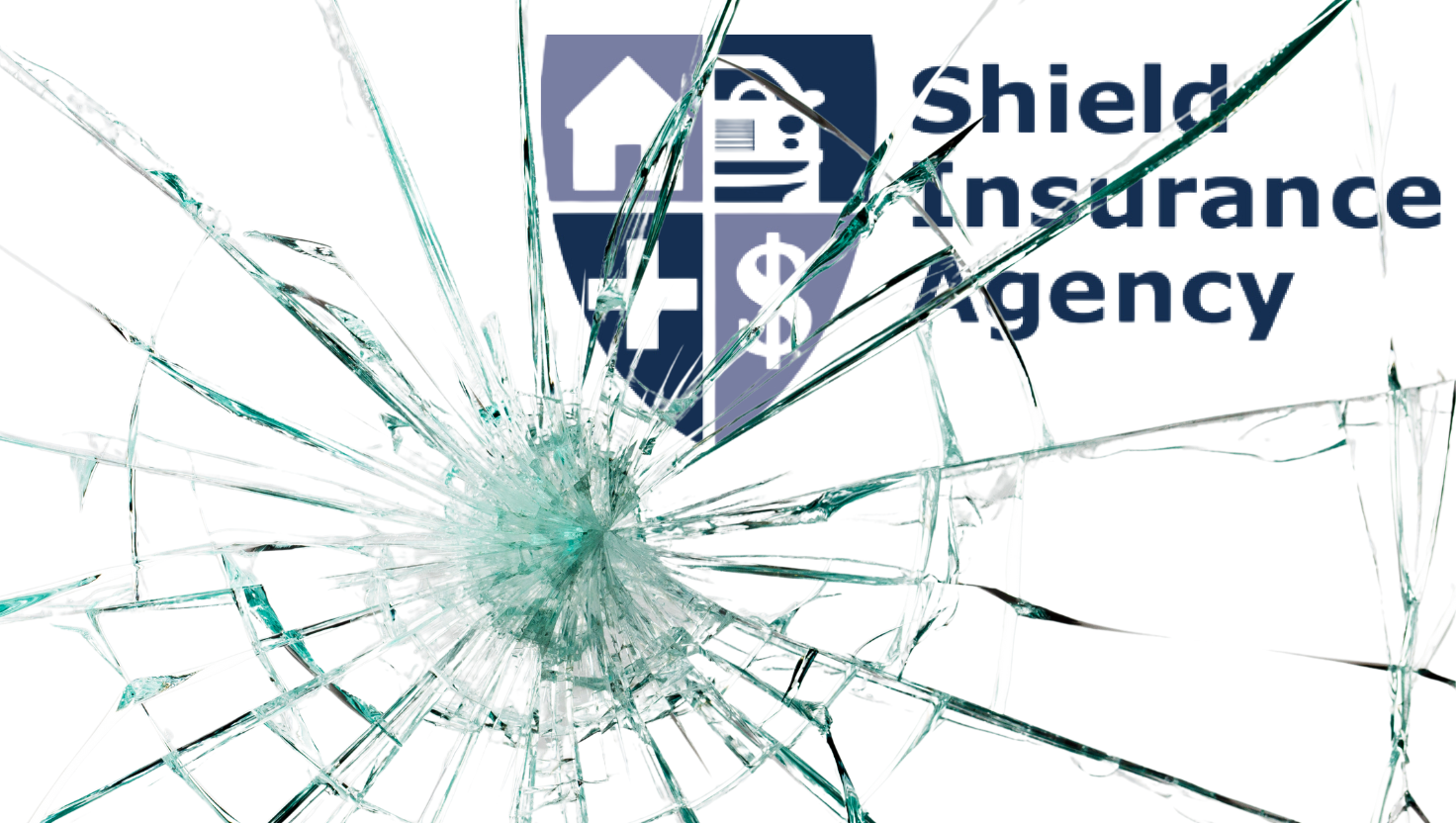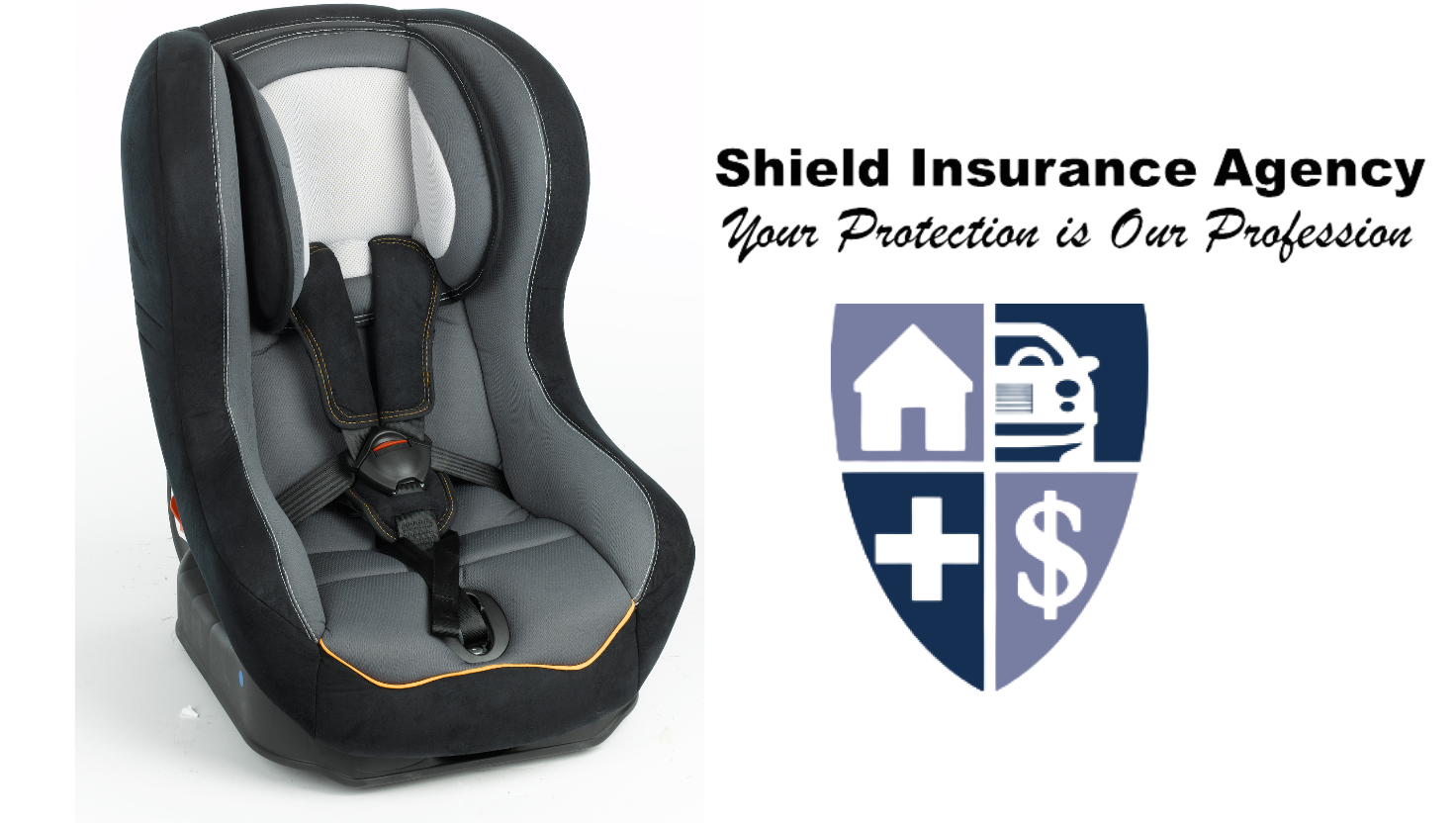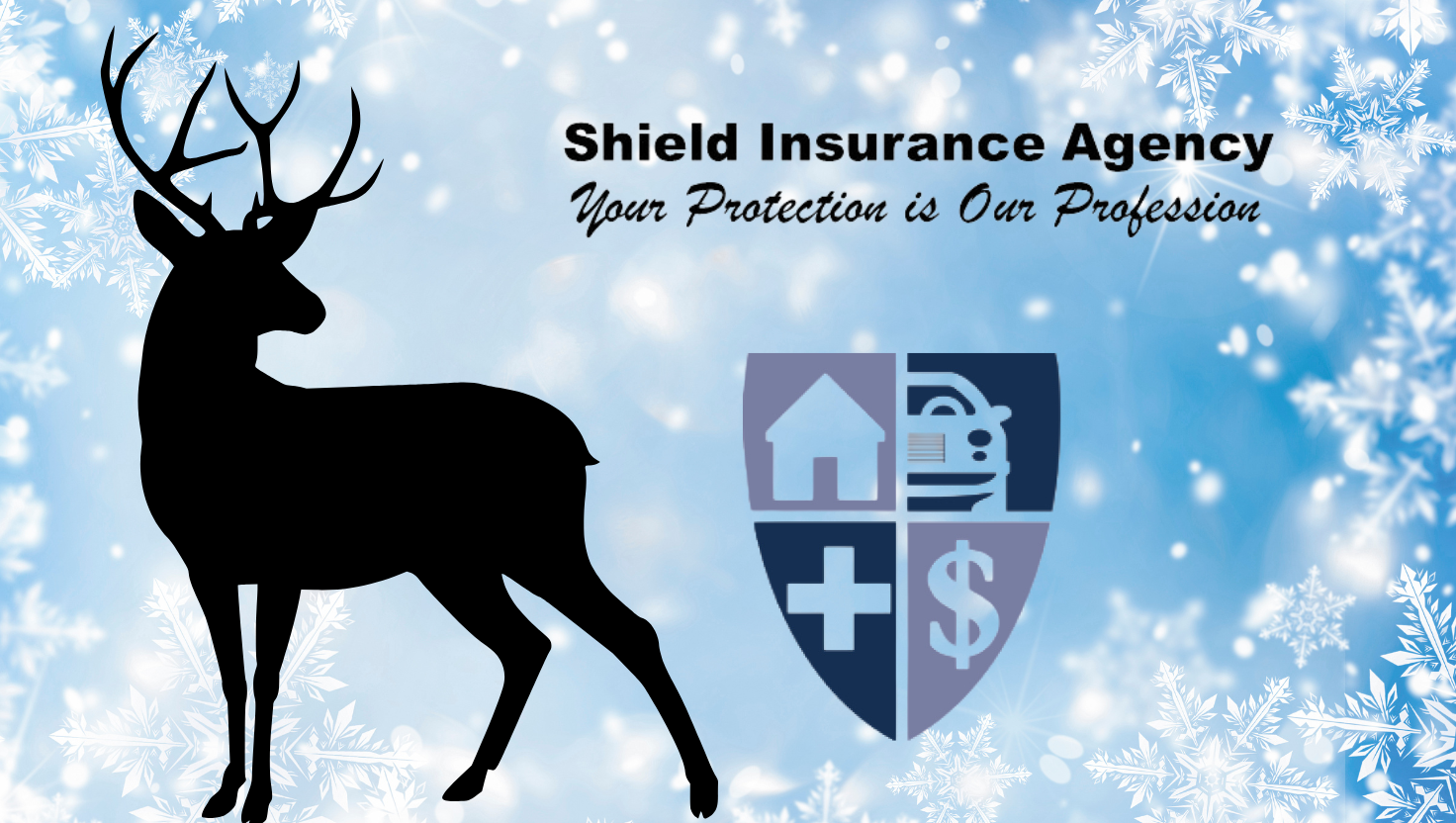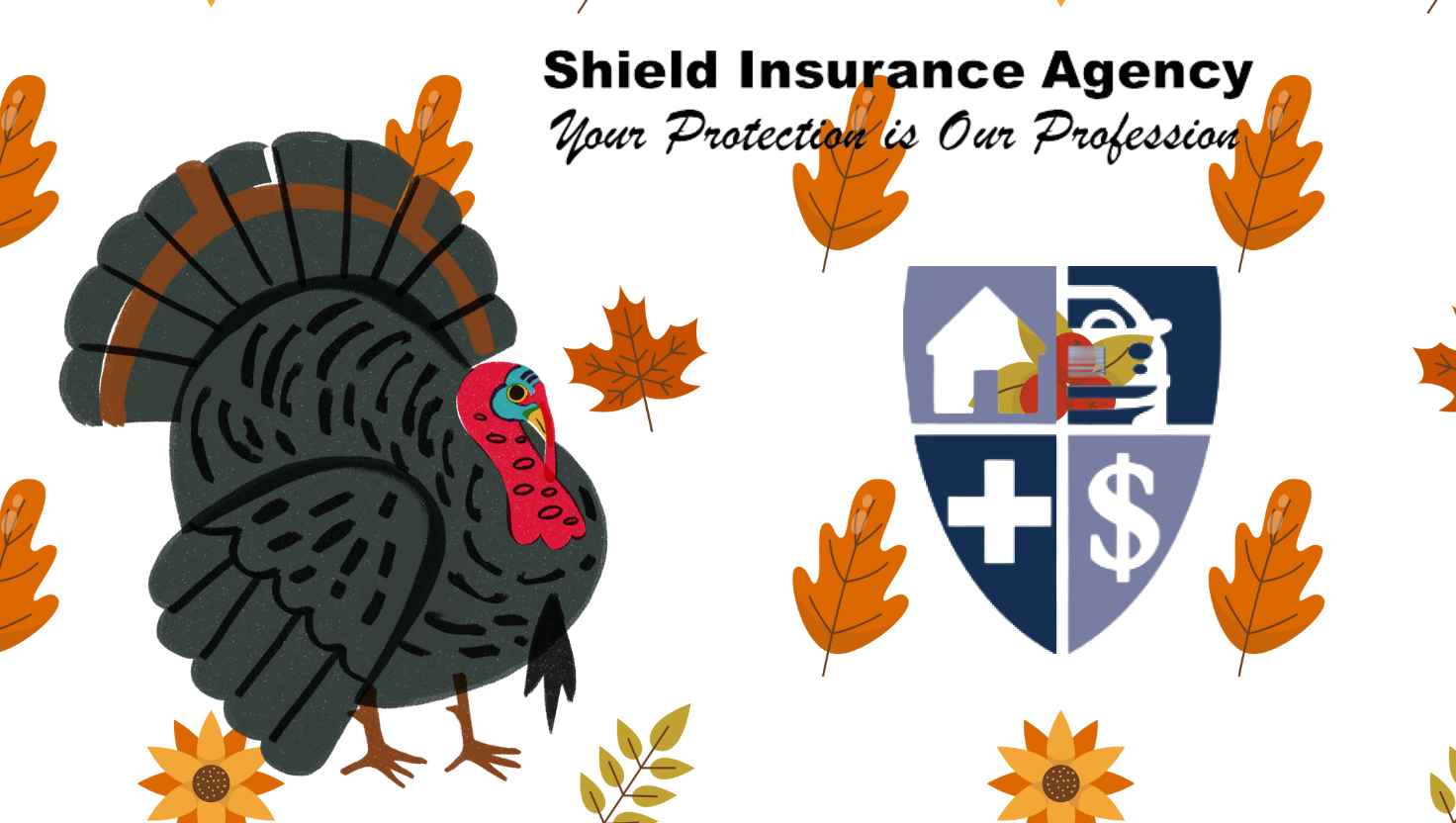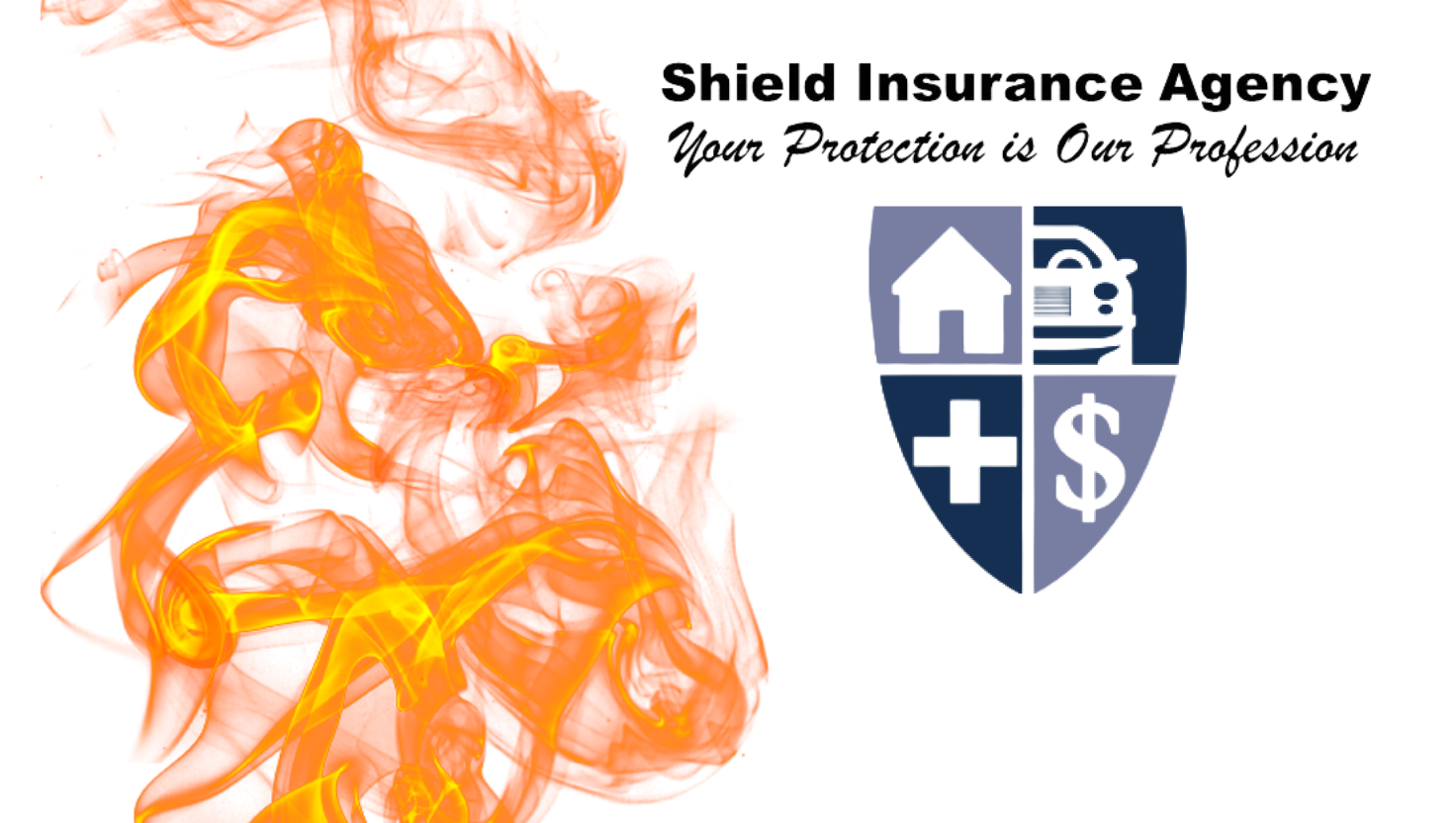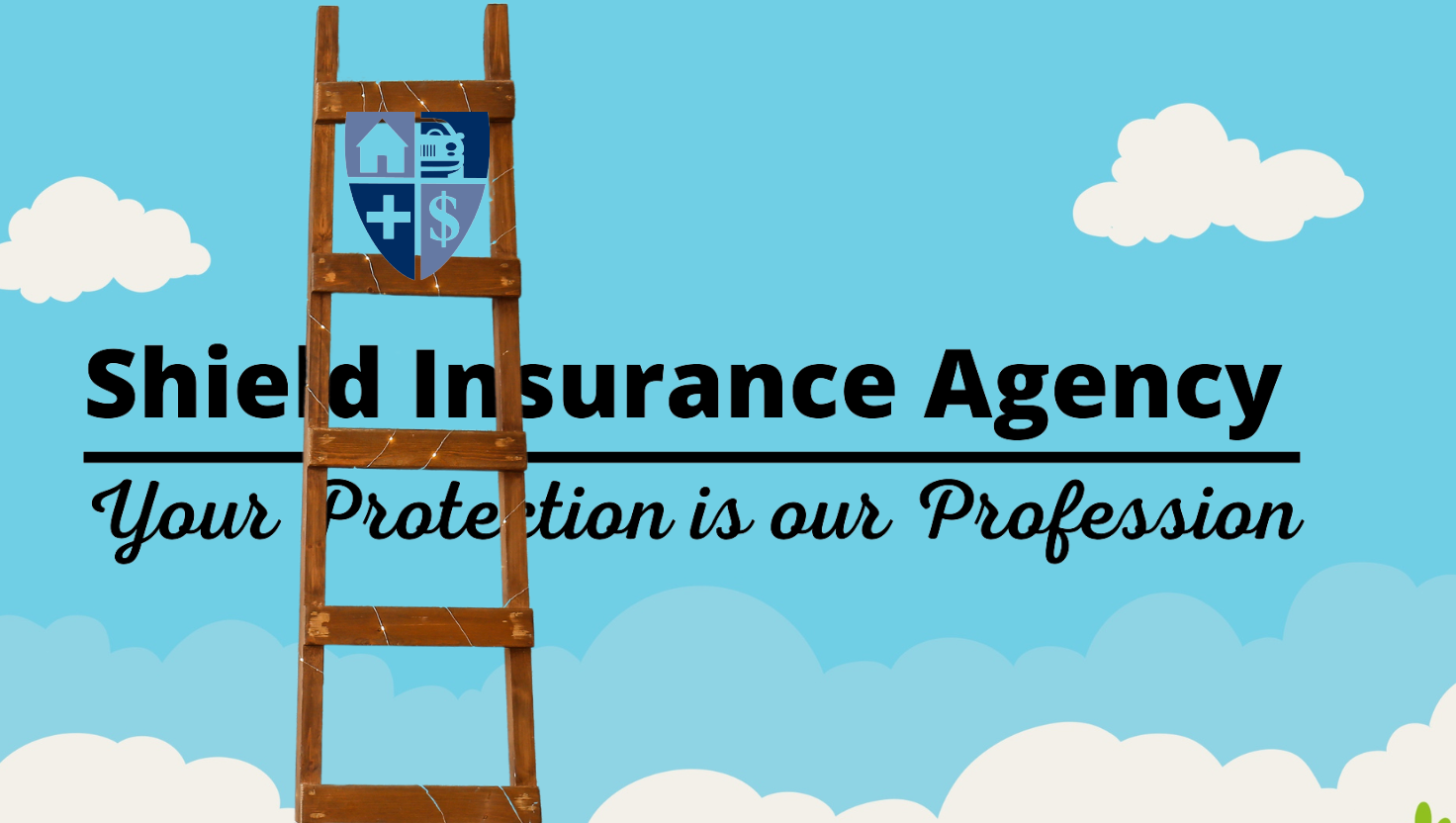
Ladder safety tips everyone should know
Ladder Safety
Ladder Safety. Remember in old cartoons when the main character is caught wobbling at the top of an extension ladder? A funny skit ensues as the ladder inevitably begins to fall and a friend scurries around under an expanding shadow trying to catch them.
Scaling a ladder in real life, we know, is a lot more serious. According to OSHA, portable ladders (step, straight, combination, and extension ladders) are one of the leading causes of falls and injuries to workers on the job. Knowing how to use a ladder properly at home or at work decreases your chances of risk and injury.
From cleaning your gutters to fixing a roof, you’ll most likely need a ladder to get the job done. Keep these ladder safety tips in mind the next time you climb to ensure the job is completed in a safe and timely manner.
Before use
Preparation is key to ladder safety. Keep these tips in mind before you climb:
- Inspect the ladder for cracked or broken parts such as rungs, steps, side rails and locking components.
- Be sure all locks on an extension ladder are properly engaged.
- Do not place ladders on boxes, barrels, tables or other unstable objects to gain additional height.
- Make sure all tools and materials are securely fastened to the ladder to prevent falling.
- Do not use a self-supporting ladder, like a step ladder, as a single ladder or in the partially open position.
- An extension ladder should extend three feet above the point of support.
- To set your ladder at the right angle, place its base a quarter of the working length of the ladder from the wall or other vertical surface.
- If using a ladder outside, do not use in windy or inclement weather.
- Check in with yourself: Avoid using a ladder if you feel dizzy, tired or are impaired.
During use
Ladder safety doesn’t stop on the ground. Keep these tips in mind while your ladder is in use:
- Do not exceed the maximum load rating of the ladder. Read and follow manufacturer’s labels and warnings for use and weight rating.
- When climbing, maintain three points of contact through a combination of hands and feet at all times.
- Don’t stand on the top rung of the ladder unless it’s designed for such activity.
- Never have someone climb up to bring you something. Only one person should be on a ladder at a time.
- Don’t move the ladder while it’s in use.
- Don’t lean or overreach. Reposition the ladder instead.
- Face the ladder and always grip the rungs, not the side rails.
This article is for informational and suggestion purposes only. To learn more about your insurance needs, contact Shield Insurance Agency.
References:
– Grange Risk Management
– Occupational Safety and Health Administration (OSHA)
– National Safety Council (NSC)





